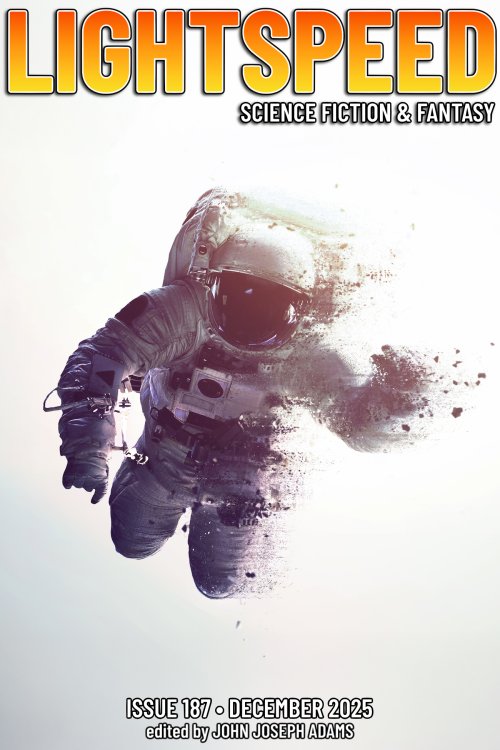Mukesh Singh was born in Mumbai, India in 1976. He received a BFA in painting from the Sir J.J. School of Arts in Mumbai in 1997. Since then, he has been working as a freelance illustrator, motion graphics artist, senior game artist, CG modeler and animator, and senior illustrator and concept artist for various comics, game, and film and television projects. He was awarded Best Colorist at the Comic Critique Awards in 2008, was nominated for Most Promising Newcomer at the International ComicCon San Diego 2008, and was featured in an exhibition entitled “Heroes and Villains: The Battle for Good” at the Los Angeles County Museum of Art in 2010. He currently works as a freelance illustrator and concept artist. He lives in Mumbai.








